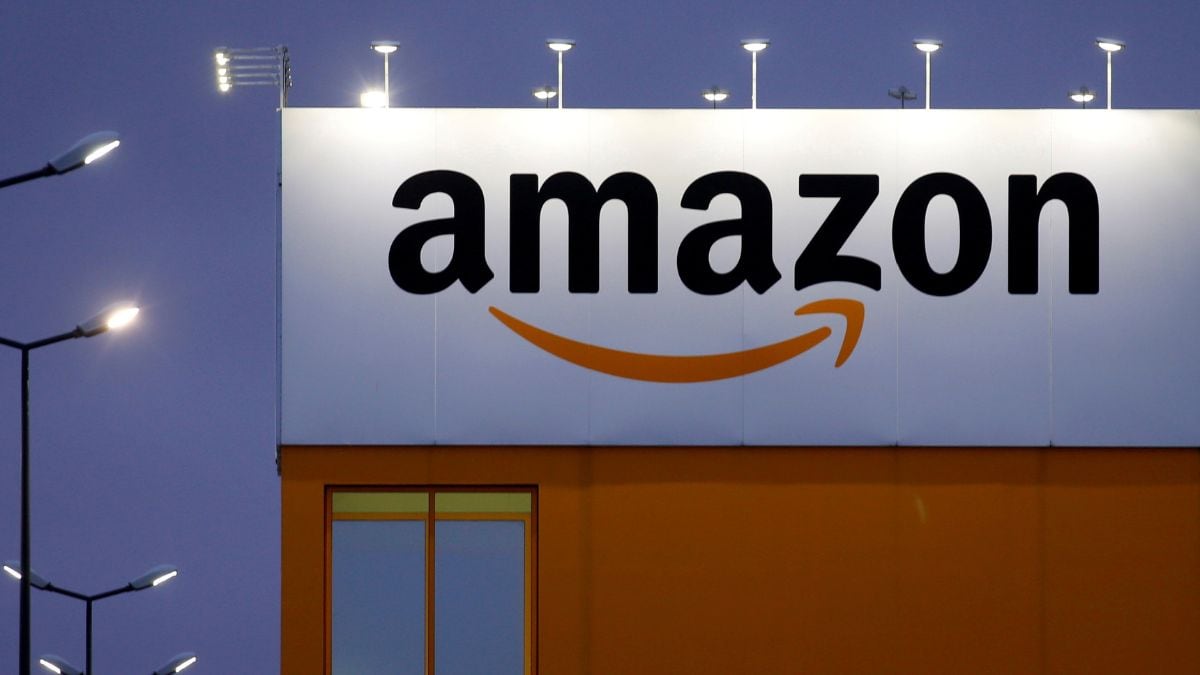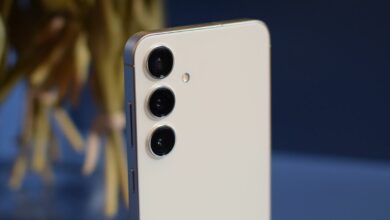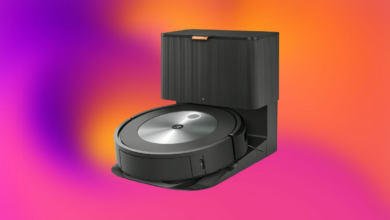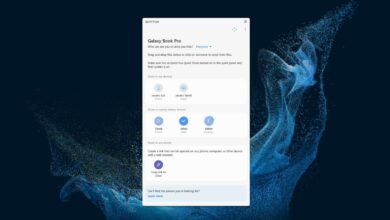Amazon will greenlight delivery packages so they can be picked up faster

In its quest for greater efficiency, Amazon has developed new systems to shave seconds off every package delivery and help customers make faster purchasing choices, even for new product types they may know little about.
The company announced Wednesday that it has installed spotlights in its trucks to guide delivery drivers to packages at each stop along a route.
The technology, which Amazon calls Vision Assisted Package Retrieval, works by shining a green light on packages so the delivery person doesn’t have to waste precious seconds reading labels.
“When we accelerate deliveries, customers shop more,” said Doug Herrington, CEO of Amazon Worldwide Stores, at the event. “If a customer experiences fast delivery, they are more likely to return and shop more.”
Amazon said it would equip 1,000 active vans supplied by EV maker Rivian with the spotlight technology early next year. Herrington said the ceilings of the vans are equipped with cameras and LED projectors that instantly read the package labels so he knows which ones are for which customers.
Amazon is Rivian’s largest shareholder and has placed orders for 100,000 electric vans to be deployed by 2030.
Shares of Amazon and Rivian each rose about 1 percent in morning trading.
The new system is reminiscent of a technology widely deployed in Amazon’s warehouses that shines a light on items on robotically mobile shelves so workers can pick them up and put them in bins. That system replaced a system that required some employees to walk up to 10 miles a day and push carts down narrow aisles to find stored items.
By reducing the time it takes for each package delivery by a few seconds, Amazon can increase the number of deliveries each employee makes in a shift. Today, delivery drivers reach about 100 customers every day, according to Amazon.
At an event at a warehouse near Nashville, Tennessee, Amazon also said it is using new artificial intelligence software that could reduce the need to spend minutes or hours researching new products such as televisions and dog food. The online guides will provide more comprehensive information and recommendations so customers can make more informed decisions faster, the Seattle company said.
The new feature follows a feature announced earlier this year that placed an AI search on Amazon’s main website. It’s called Rufus and it gives users longer answers to queries.
In addition, Amazon announced plans for smaller warehouses next to Whole Foods supermarkets so that customers won’t be tempted to shop at competing stores when items aren’t offered there. That way, while shopping at a Whole Foods, which doesn’t have the soda in the store, customers could order a bottle of Pepsi and have it delivered at checkout.
The first such store is in Plymouth Meeting, Pennsylvania – about 15 miles north of Philadelphia – which will begin offering the service sometime next year.
© Thomson Reuters 2024
(This story has not been edited by NDTV staff and is auto-generated from a syndicated feed.)




